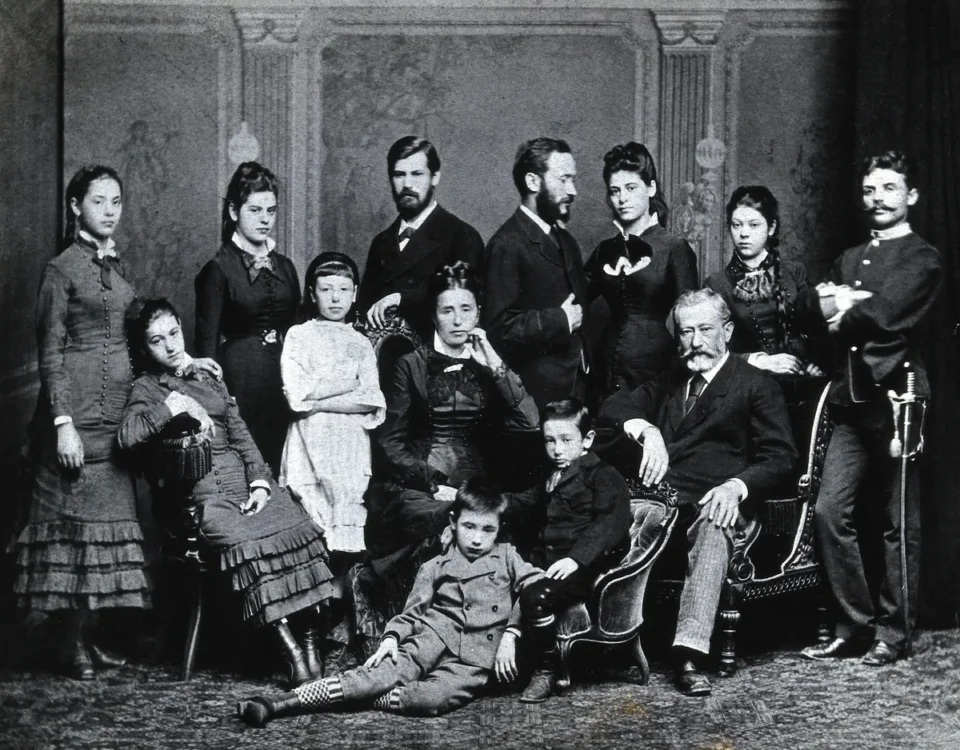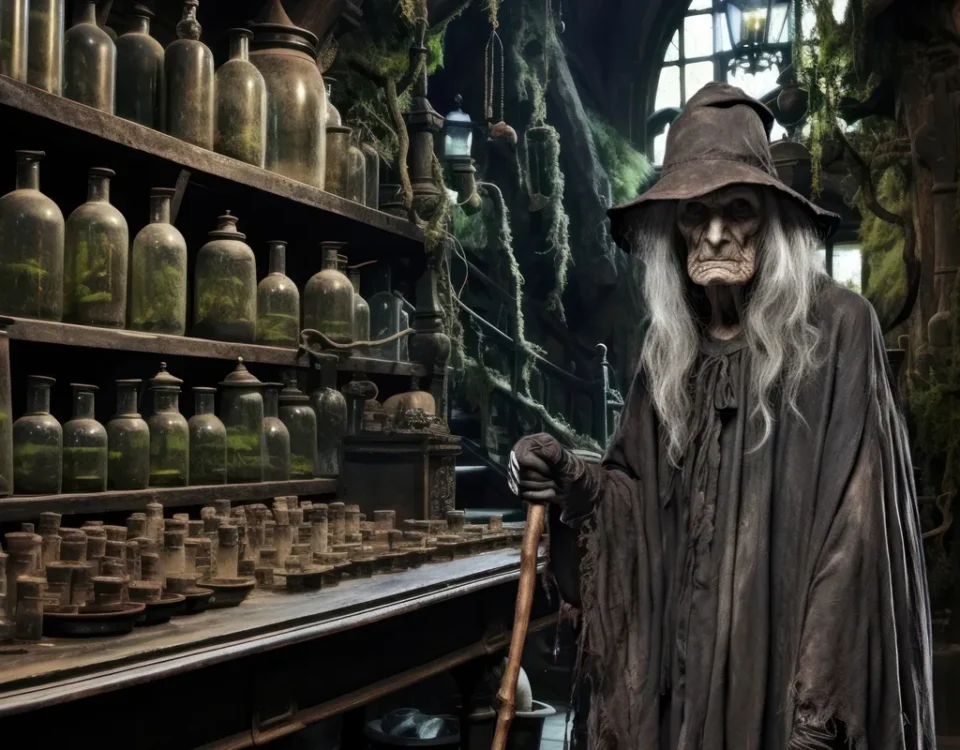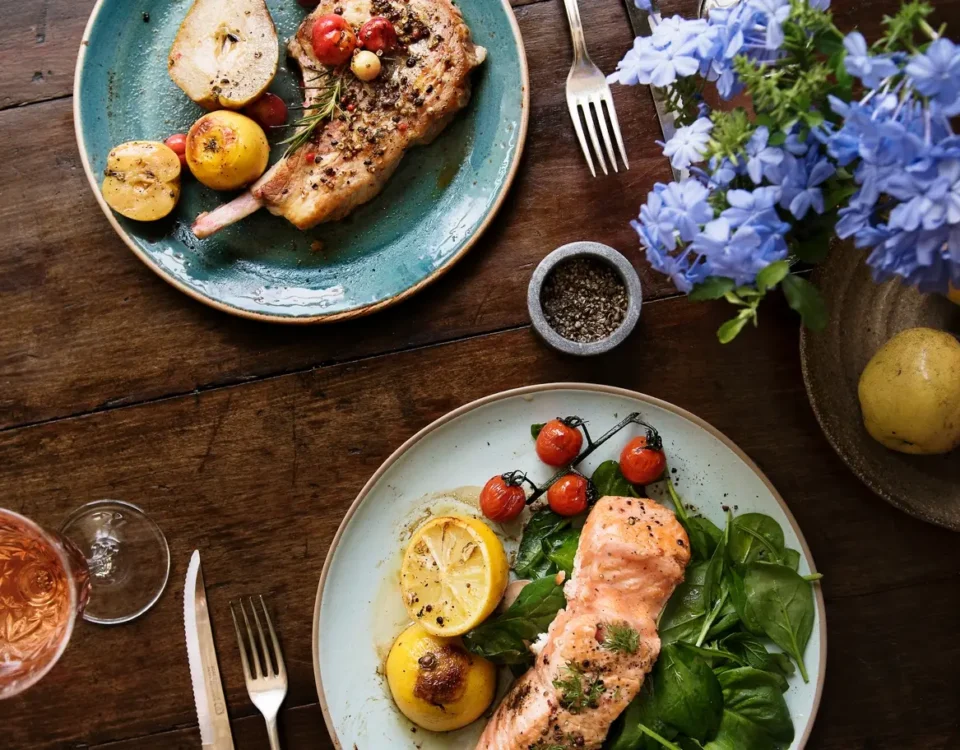
Top Anki Decks and Strategies for Medical Students in 2025
April 11, 2025
How I Accidentally Learned Everything about Pathology
April 11, 2025Summary (TL;DR)
The "power stroke" represents juggling exams and clients, fueled by ATP-like energy from caffeine and determination. Recovery comes when ATP binds and detaches, akin to brief breaks during a hectic schedule.
Like muscle fatigue, the struggles of medical school are temporary, and perseverance is key. Understanding anatomy and protein structures gives trainers an edge, while life becomes a balance of kinetic and potential energy.
Ultimately, survival requires adapting endlessly, much like the repetitive yet vital cross bridge cycle.
If you’re working as a personal trainer while trudging through medical school, congratulations—you've mastered the art of sustained contraction. Not just in your muscles, but in your life. You exist in a perpetual state of the cross bridge cycle, cycling between ATP-fueled bursts of energy and absolute metabolic collapse. Let’s break it down.
Step 1: The Cross Bridge Formation of Your Double Life
Just like actin and myosin must form a cross bridge for muscle contraction to begin, you must first establish the connection between your medical studies and your job as a personal trainer. Your kinesiology background? That’s your tropomyosin being pulled out of the way—now you can finally apply your knowledge of anatomy of a muscle fiber to both sculpt bodies and pass exams. You’re living proof that protein structure and function matter, both in physiology and in meal prep.
Step 2: The Power Stroke—Or, How You Juggle Exams and Clients
The power stroke in muscle contraction occurs when myosin pulls actin closer—kind of like how you pull yourself through grueling study sessions after eight hours of training clients who insist that biceps curls alone will ‘tone’ their arms. The energy in ATP is stored in its phosphate bonds, just like your motivation is stored in caffeine and existential dread. The power stroke of your week? The moment when you flawlessly explain the differences between kinetic and potential energy while demonstrating a squat.

Step 3: ATP Binds, You Let Go—The Art of Recovery
During muscle contraction, the cross bridge detaches when ATP binds to myosin. Similarly, your brain releases its death grip on reality when you finally get a break. Where is energy stored in an ATP molecule? In the bonds, but where is your energy stored? In your post-workout protein shake and the sweet, sweet knowledge that at some point, you’ll get a nap.
Step 4: ATP Hydrolysis—Refueling for the Next Round
ATP hydrolysis provides the energy to reset myosin heads for another contraction cycle, much like your power naps, meal prepping, and questionable consumption of pre-workout fuel your ability to repeat this process indefinitely. At some point, though, you might hit an oxygen debt—where your body's demand for oxygen exceeds its supply, just like how your tuition demands exceed your bank account.

How Kinesiology Gives You an Edge in Anatomy
Your background in kinesiology means you don’t just memorize muscles—you understand them. While your classmates are trying to recall where calcium ions bind during muscle contraction, you’re effortlessly explaining the function of microfilaments like it’s an anatomy TED Talk. And when it comes to protein structure levels? You’re already thinking in terms of muscle tissue repair, structural integrity, and how hydrophobic interactions in tertiary protein structure explain why clients shouldn’t skip hydration.
Final Thoughts: The Metabolic State of Your Existence
Your life is a balance of kinetic and potential energy equations—potential energy stored in your dreams of graduation, kinetic energy used up every time you train a client and pass a pathology exam. Some days, you hit the pay off phase of glycolysis and feel like you’re coasting on ATP. Other days, lactic acid builds up (both in your quads and your brain), and you question your choices. But remember: muscle fatigue is temporary. So is medical school.
Keep pushing. The stretch reflex is monosynaptic, but your career is a long, polysynaptic loop of continuous adaptation. And just like the cross bridge cycle, you’ll keep contracting and releasing until you finally, finally reach the finish line.
Alright, good luck out there, folks. Remember, ATP is finite, but your willpower is not. And try not to spontaneously quantum tunnel into another bad decision—like adding another job to this equation.
Topic FAQs
Take Your Medical Education to the Next Level with Physeo
Whether you're preparing for Step 1, Step 2, or striving to become a more confident and compassionate physician, Physeo is here to support your journey. Our resources are designed to help you master complex concepts, stay motivated, and achieve your goals.
📚 Unlock Premium Study Tools
Dive into our comprehensive video lessons, image mnemonics, and proven study plans tailored for success. Check out Our Plans to explore subscription options and find the perfect plan for your needs.
💡 Stay Inspired with Our Blog
Looking for tips on excelling in medical school, overcoming burnout, or balancing life as a student or professional? Check out our Blog. It’s your go-to resource for actionable advice and stories from fellow medical students and professionals.
📺 Boost Your Learning with Our YouTube Channel
Prefer learning through videos? Subscribe to our YouTube channel for free tutorials, step-by-step explanations, and expert insights to help you ace your exams and thrive in your medical career.
📱 Connect with Us on Social Media
Stay updated, inspired, and connected with Physeo across our social media platforms:
- Instagram: Follow us on Instagram for daily motivation, study tips, and behind-the-scenes content.
- Facebook: Join our community Here for updates, discussions, and support.
- LinkedIn: Connect with us professionally at LinkedIn for industry insights, career advice, and networking opportunities.
🚀 Ready to Excel?
Invest in yourself and your future patients by joining the Physeo community today. Let’s work together to create a generation of healthcare providers who lead with knowledge and compassion.
Start Your Journey NowAuthor
Emily Dinning
Physeo Director of Creative Content
Latest articles
Our newsletter
- Work-Life Balance
- USMLE Prep
- Study Tools
- Stress Management
- Spaced Repetition
- Residency Applications
- Physeo
- Personal Growth
- Pathology Education
- OB/GYN Specialty
- Nutrition
- Neuroscience
- Mental Health
- Medical School Tips
- Healthcare Innovation
- Global Health
- Fitness & Wellness
- Faith & Medicine
- Doctor-Patient Relationships
- Creativity in Science
- Career Planning
- Anatomy Mastery












